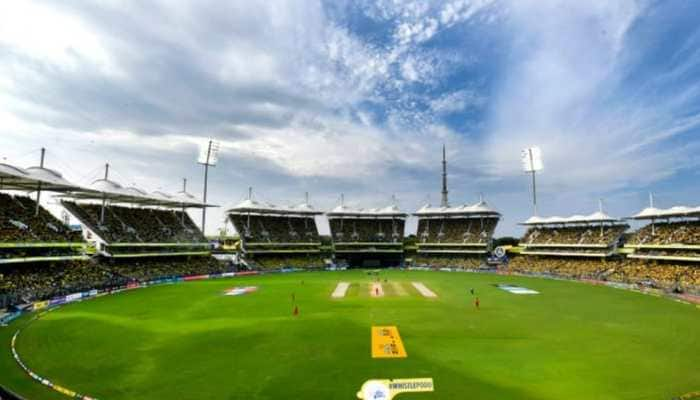Fertiliser subsidy may come down by Rs 10k crore in FY17: Crisil
Fertiliser subsidy bill is likely to decline by about Rs 10,000 crore during the next fiscal due to reduction in subsidy rates for P&K fertilisers and lower gas cost for urea plants, as per rating agency Crisil.
Trending Photos
)
New Delhi: Fertiliser subsidy bill is likely to decline by about Rs 10,000 crore during the next fiscal due to reduction in subsidy rates for P&K fertilisers and lower gas cost for urea plants, as per rating agency Crisil.
The government last week reduced the subsidy on phosphatic and potassic (P&K) fertilisers to an estimated Rs 21,274 crore for the next fiscal due to decline in global prices, a move that may save the exchequer around Rs 5,000 crore.
In the Budget, fertiliser subsidy has been pegged at Rs 70,000 crore for 2016-17 fiscal, lower than Rs 72,437.58 crore estimated for this financial year.
"The reduction in nutrient-based subsidy (NBS) rates announced last week could trim the government's subsidy bill for phosphatic fertilisers by Rs 5,000 crore next fiscal," Crisil said in a statement.
The NBS rates for P&K fertilisers are significantly lower than in fiscal 2016.
While subsidy rates for nitrogen and phosphatic nutrients have been slashed by Rs 5 per kg and Rs 5.4/kg, respectively, the subsidy rate for potassic nutrient was kept almost unchanged.
"Overall subsidy bill reduction would be Rs 10,000 crore next fiscal , Rs 5,000 crore through the cut in NBS rates, and a similar amount in urea subsidy because of lower gas costs," said Sudip Sural, Senior Director, CRISIL Ratings.
This could help the government bring down its fertiliser subsidy arrears of about Rs 35,000 crore, which is being rolled over since fiscal 2012, he added.
"But achieving a balanced nutrient ratio, which was one of the objectives of NBS, remains a far cry, given the continuing price disparity between urea and phosphatic fertilisers," Sural said.
Crisil also said the cut in NBS rates would influence the contracted price for phosphoric acid, the key raw material, for the next fiscal.
"However, even if domestic manufacturers are able to negotiate a lower contracted price for phosphoric acid, it may not be enough to offset the subsidy reduction because they have been grappling with high NPK (nitrogen, phosphorus and potassium) inventories in the backdrop of stressed farm incomes," it added.
As a result, operating margins of phosphatic fertiliser makers could reduce by up to 75 basis points in fiscal 2017.
"To be sure, there is some offset available - interest expenses are expected to decline because of lower working capital needed to finance subsidy receivables," Crisil said.
Two consecutive years of deficient monsoon has burdened the industry with excess inventory, estimated at about 5 million tonne, which is equal to 90-100 days of consumption.
"That means manufacturers will have limited ability to increase prices to compensate for the reduction in subsidy, which, in turn, increases their dependence on monsoon. They will also be compelled to offer discounts to clear inventory before the upcoming kharif season," Crisil said.
Stay informed on all the latest news, real-time breaking news updates, and follow all the important headlines in india news and world News on Zee News.
Live Tv







)
)
)
)
)
)
)
)
)
)
